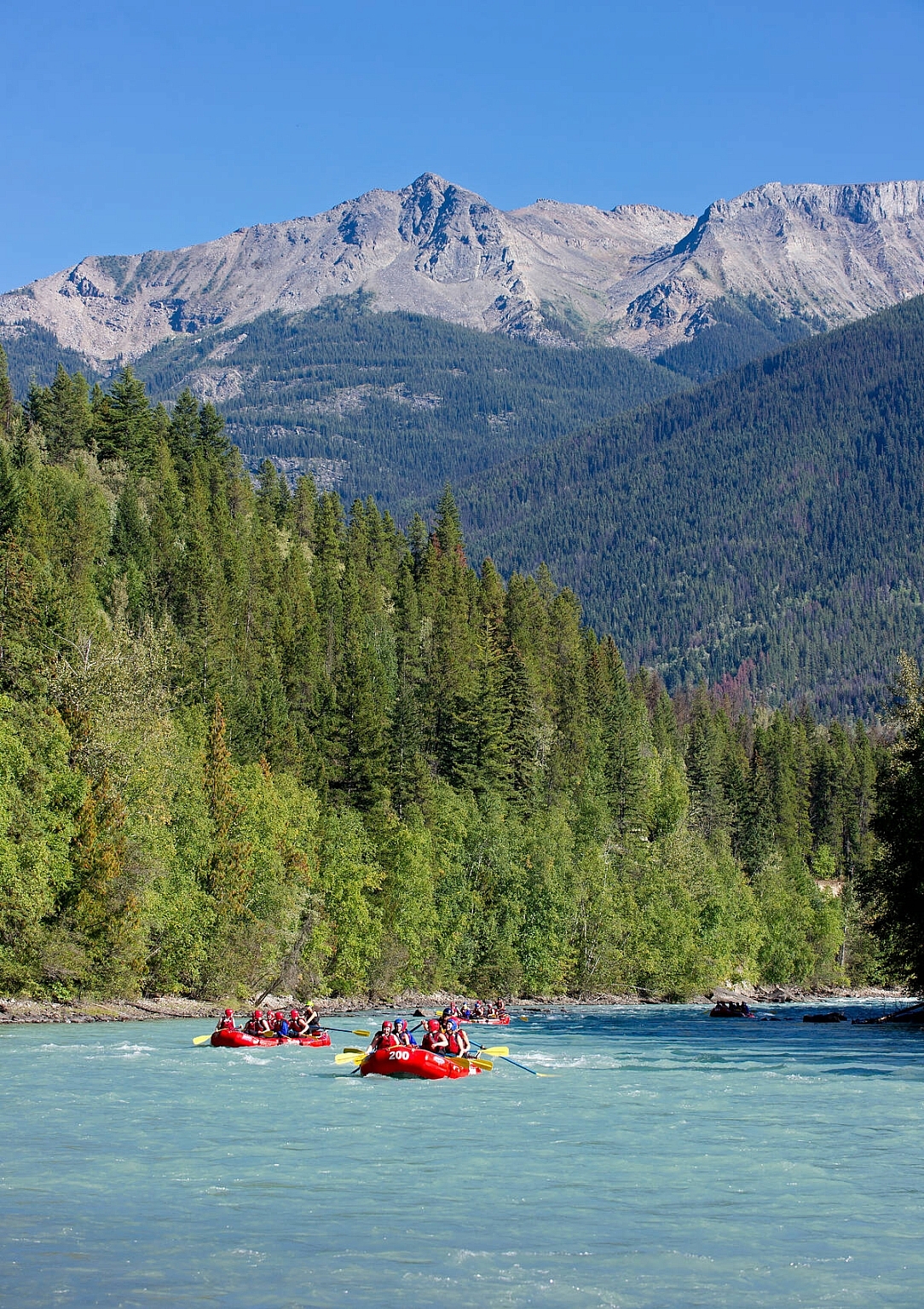Travel Back to the Last Ice Age and Beyond in Tumbler Ridge
Some places count their age in centuries. Then, there’s Tumbler Ridge which tells a story more than 500 million years in the making. This small community of 2,300 sits tucked into the foothills of the Rocky Mountains where plunging river-cut valleys reveal dinosaur trackways, charting a geological time frame as far back as the Triassic period. It was the discovery of these footprints by citizen scientists—along with the area’s other significant paleontological finds—that contributed to Tumbler Ridge’s designation as a UNESCO Global Geopark.
Start your trip with a visit to the museum to see fossils found nowhere else on Earth and to learn about the human history of the area, including the cultures of the Dunne-za, Saulteau, Tse’khene, Cree, and Metis peoples. Guided tours from the museum lead you into the Flatbed Valley Geosites where you can walk among dinosaur tracks that date back to prehistoric times.
Further afield, hikers and climbers can tackle dozens of trails that traverse geological formations formed by the last ice age (keep an eye out for fossils), taking you in view of fascinating rock pillars, sweeping ridges, and thundering waterfalls, including Kinuseo Falls whose 70 meters (230 feet) drop is taller than that of Niagara Falls.
Learn More













